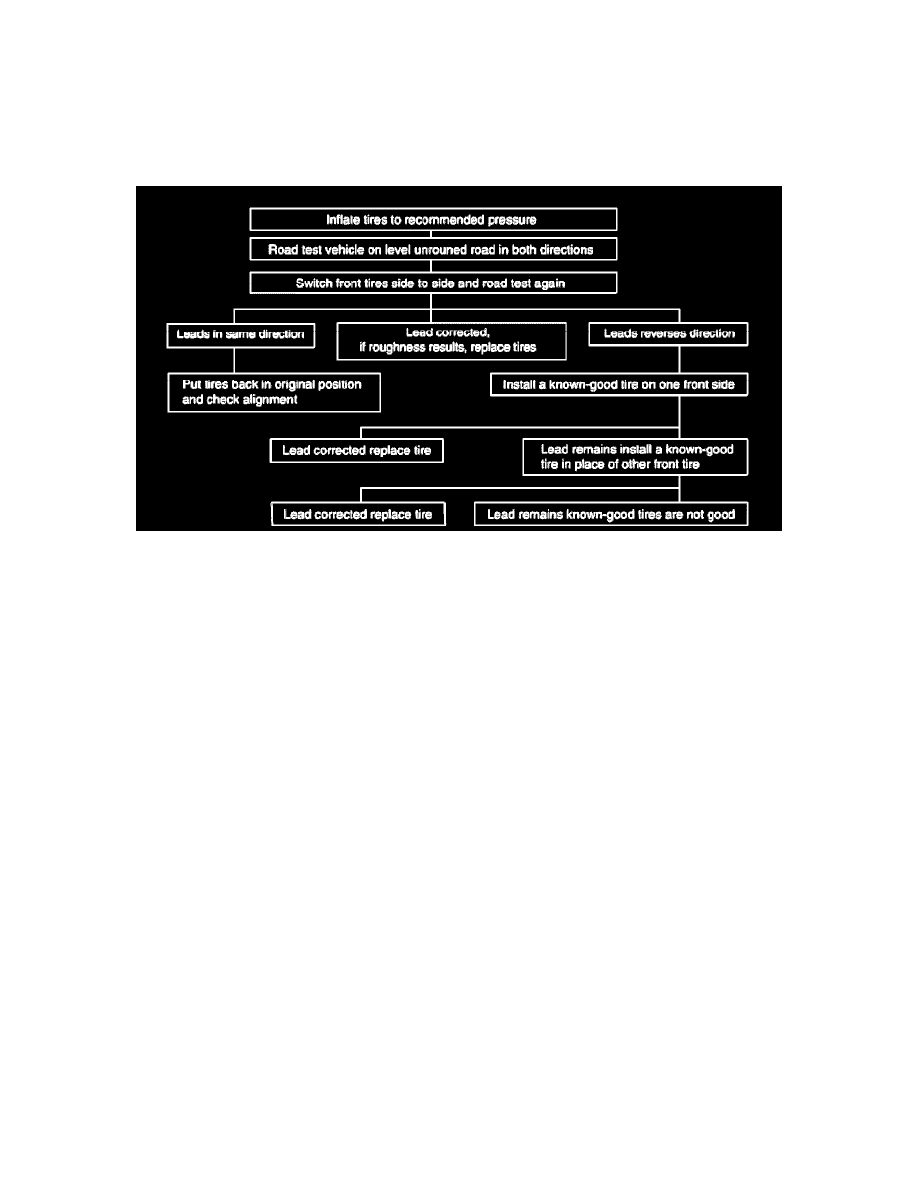Grand Vitara 2WD V6-2.7L (2006)

1. Ride vehicle to determine whether the front or rear waddles.
2. Install tires and wheels that are known to be good (on similar vehicle) in place of those on waddling end of vehicle. If waddling end cannot be
identified, substitute rear ones.
3. Road test again. If improvement is noted, reinstall originals one at a time till waddle causal tire is found. If no improvement is noted, install
known-good tires in place of all four. Then reinstall originals in the same manner.
Equipment manufacture's recommendations
Equipment manufacture's recommendations
Tires Description
Tires Description
This vehicle is equipped with the following tire.
Tire specifications P225/70 R16 or P225/65 R17
The tires are of tubeless type. The tires are designed to operate satisfactorily with loads up to the full rated load capacity when inflated to the
recommended inflation pressure.
Correct tire pressures and driving habits have an important influence on tire life. Heavy cornering, excessively rapid acceleration, and unnecessary
sharp braking increase tire wear.
Replacement Tires Description
Replacement Tires Description
When replacement is necessary, the original equipment type tire should be used.
Refer to the Tire Placard. Replacement tires should be of the same size, load range and construction as those originally on the vehicle. Use of any
other size or type tire may affect ride, handling, speedometer / odometer calibration, vehicle ground clearance and tire or snow chain clearance to the
body and chassis.
NOTE: Do not mix different types of tires on the same vehicle such as radial, bias and bias-belted tires except in emergencies, because vehicle
handling may be seriously affected and may result in loss of control.
It is recommended that new tires be installed in pairs on the same axle. If necessary to replace only one tire, it should be paired with the tire having the
most tread, to equalize braking traction.
The metric term for tire inflation pressure is the kilopascal (kPa). Tire pressures will usually be printed in both kPa and psi on the Tire Placard. Metric
tire gauges are available from tool suppliers. The chart, below table, converts commonly used inflation pressures from kPa to psi.
